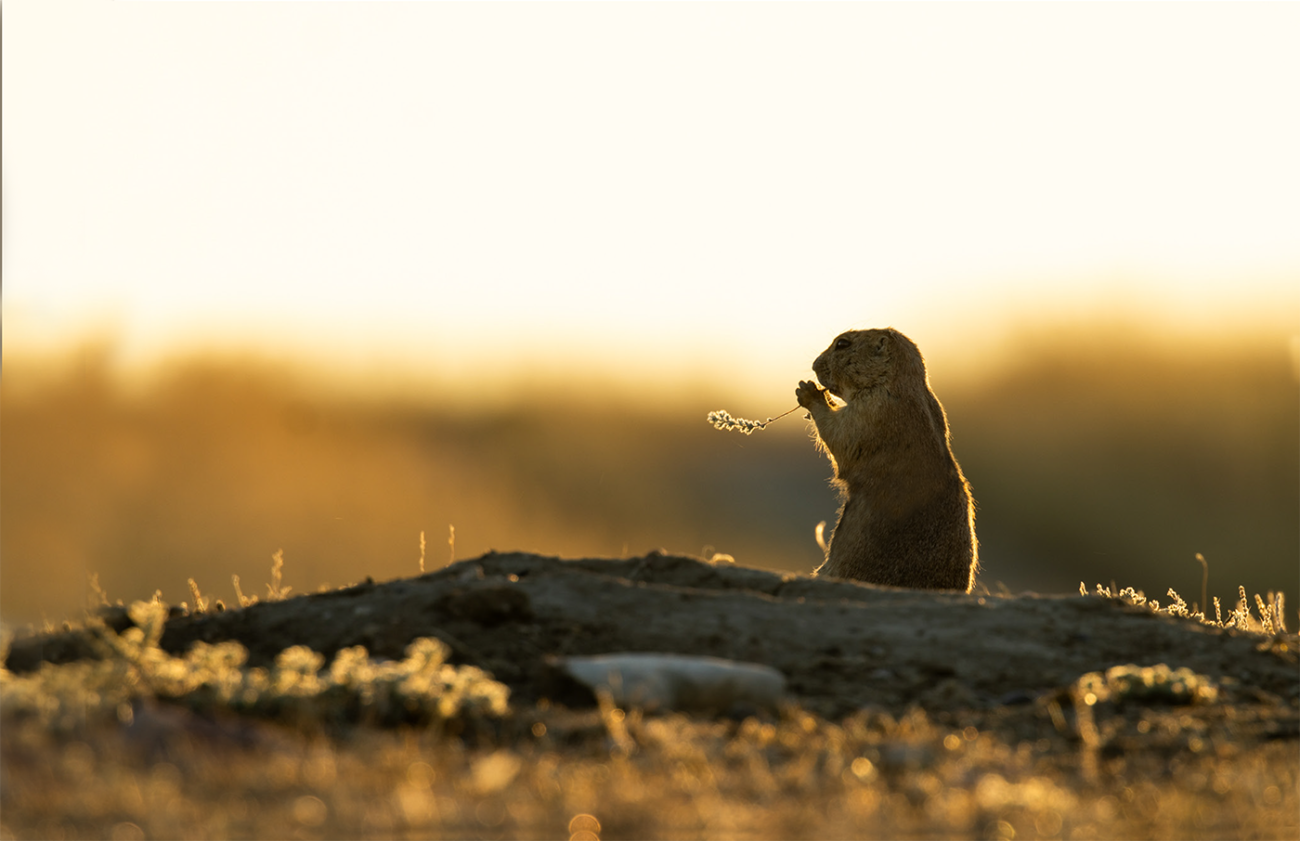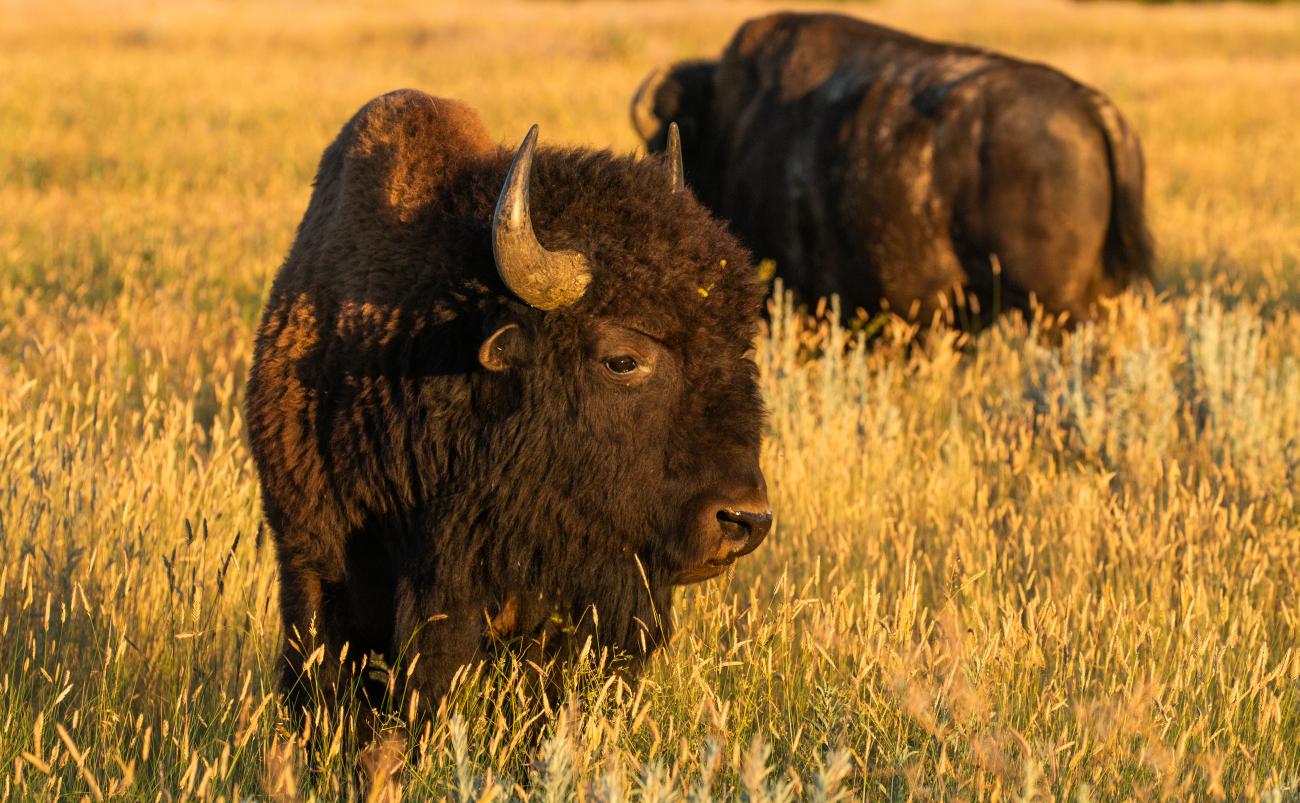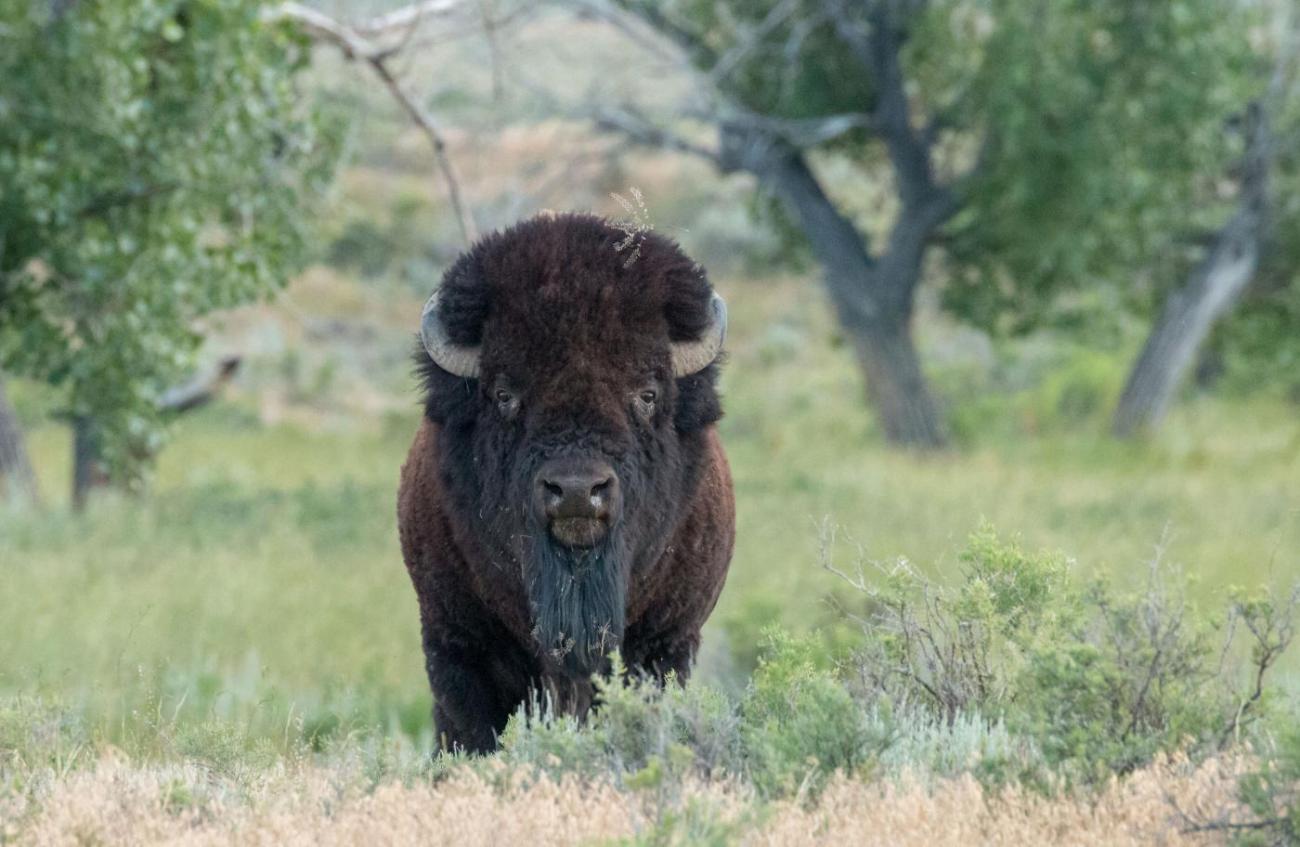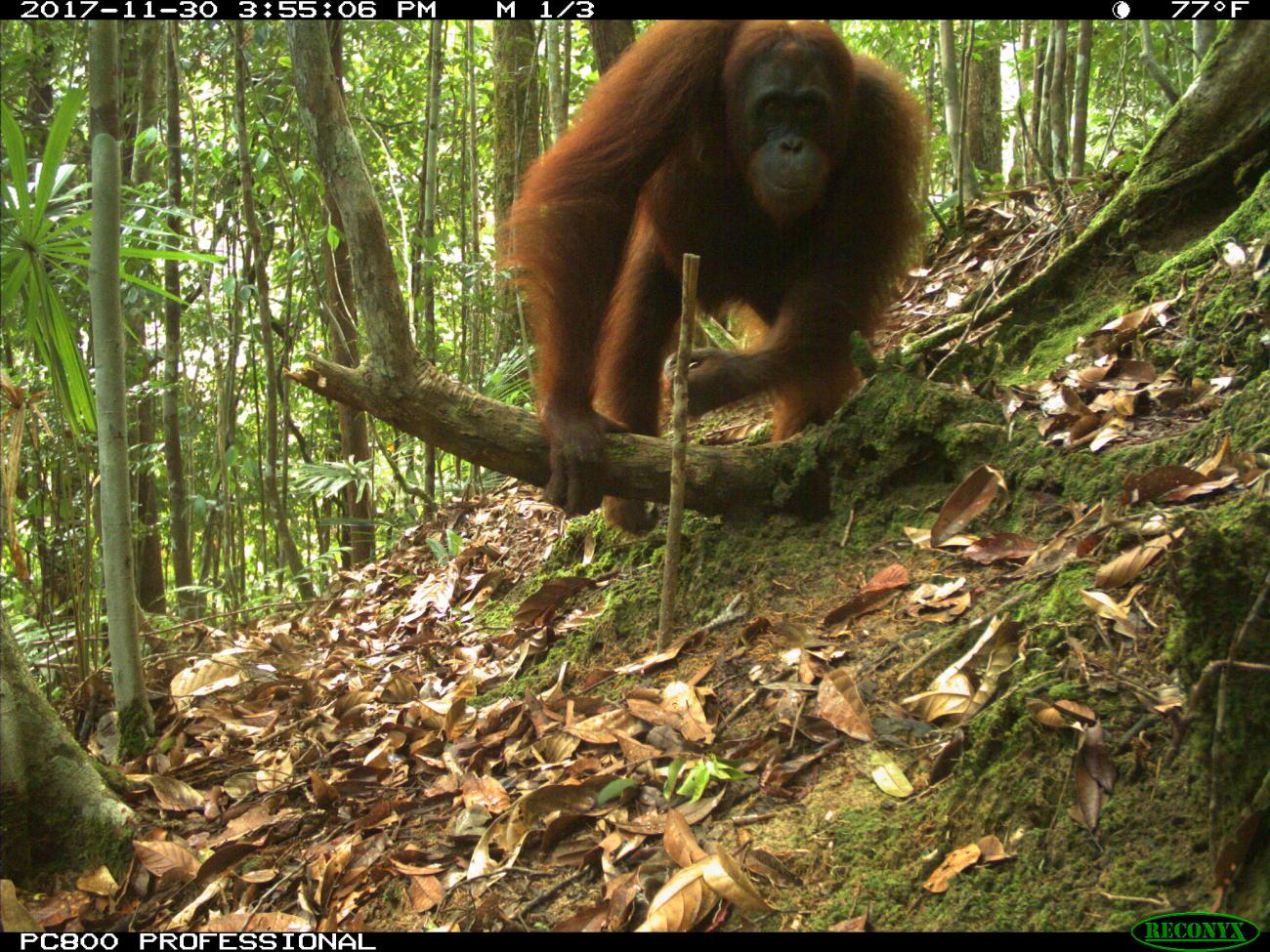Biography
Andy Boyce is a Research Ecologist at Smithsonian Conservation Biology Institute's Migratory Bird Center. His work focuses on 1) understanding how keystone species and grazing systems impact biodiversity in grassland ecosystems; and 2) what factors regulate populations of imperiled grassland birds at all stages of the annual cycle.
Boyce is interested in just about every aspect of how birds live, where they are found and how evolution shapes the way they reproduce and care for their young. Often, his work focuses on entire communities rather than on single species. Understanding how species that live together interact, and how the environment shapes which species are present and absent, are both critical to comprehending how nature works and vitally important for conservation.
Andy co-advises graduate students at University of Montana, University of Georgia, and University of Northern Illinois. He is always happy to discuss research opportunities with prospective students with mutual research interests.
Boyce’s fascination with birds and biology started in the tropical forests of Venezuela and Borneo, but these days he applies them to a system closer to home — the short-grass prairie and sagebrush steppe of Eastern Montana. Current research at the American Prairie Reserve is expanding to include a study of how variation in habitat selection and movement patterns of bison and cattle impact riparian (streamside) vegetation, the birds that breed and migrate through these areas, and the use of riparian corridors by native mammals.
Boyce lives in Missoula Montana and does most of his fieldwork on the Northern Great Plains of eastern Montana in Phillips, Blaine and Valley counties. He is inevitably accompanied by his German shorthaired pointer, Otus.
Research Interests
Andy Boyce is a Research Ecologist at Smithsonian Conservation Biology Institute's Great Plains Science Program and Migratory Bird Center. His work focuses on 1) understanding how keystone species and grazing systems impact biodiversity in grassland ecosystems; and 2) what factors regulate populations of imperiled grassland birds at all stages of the annual cycle.
Within these focal areas, Andy uses full-annual cycle animal tracking (GPS & Motus), bioacoustics, and old-fashioned point counts and nest-searching to answer questions of interest. Andy also has a strong interest in understanding how different models of conservation interact and which are most effective in a given socio-ecological context.




